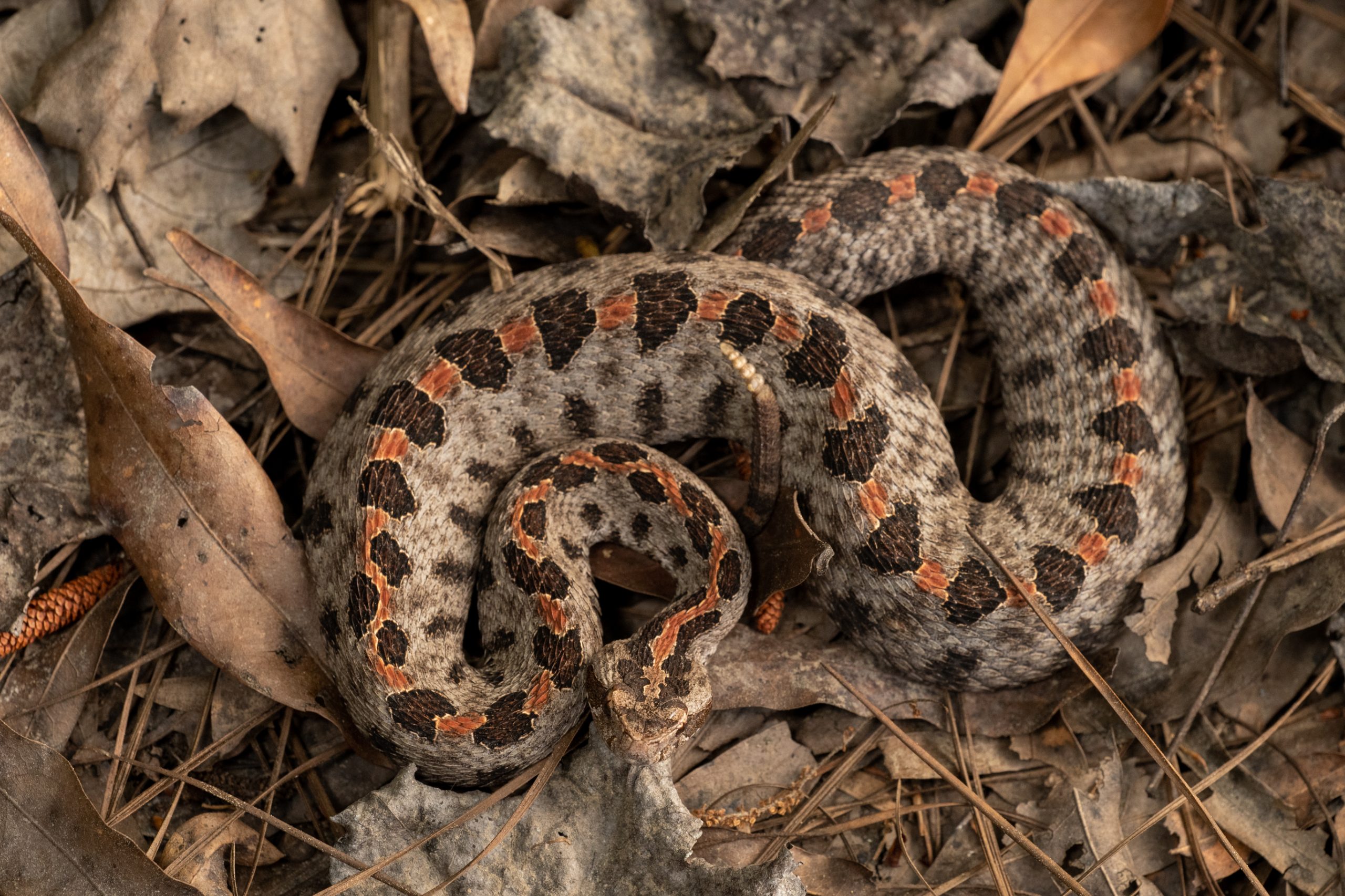The pygmy rattlesnake, a small but intriguing species, has captured the attention of reptile enthusiasts and nature lovers alike. This venomous snake, native to the southeastern United States, is known for its distinctive rattle and unique behavior. Understanding the pygmy rattlesnake is essential for both appreciating its role in the ecosystem and ensuring safety in areas where it resides. With its relatively small size, the pygmy rattlesnake may not be as intimidating as its larger relatives, but it holds its own in the world of venomous snakes. In this article, we will explore various aspects of the pygmy rattlesnake, including its habitat, behavior, diet, and conservation status.
As we delve into the life of the pygmy rattlesnake, we will highlight its unique characteristics and ecological significance. This species plays a vital role in controlling rodent populations and maintaining the balance of its ecosystem. However, due to habitat loss and human encroachment, the pygmy rattlesnake faces various threats that could impact its survival.
Join us as we uncover the secrets of the pygmy rattlesnake, from its physical attributes to its behavior in the wild. By the end of this article, you'll have a deeper understanding of this remarkable creature and its place in the natural world.
Table of Contents
- Biography of the Pygmy Rattlesnake
- Physical Characteristics
- Habitat and Distribution
- Diet and Hunting Behavior
- Behavior and Reproduction
- Conservation Status
- Safety Precautions
- Conclusion
Biography of the Pygmy Rattlesnake
The pygmy rattlesnake, scientifically known as Sistrurus catenatus, is a member of the Viperidae family. This snake is one of the smallest rattlesnakes, typically measuring between 18 to 30 inches in length. Its small size and distinctive markings make it easily identifiable. Below is a brief overview of the pygmy rattlesnake's personal data and biodata:
| Scientific Name | Sistrurus catenatus |
|---|---|
| Common Names | Pygmy Rattlesnake, Eastern Pygmy Rattlesnake |
| Size | 18 to 30 inches |
| Coloration | Gray, brown, or yellow with dark blotches |
| Habitat | Forests, wetlands, and grasslands |
| Range | Southeastern United States |
| Conservation Status | Least Concern (IUCN) |
Physical Characteristics
The pygmy rattlesnake is characterized by its small size and distinctive rattle, which is used as a warning signal to potential threats. Its coloration varies from gray to brown or yellow, often adorned with dark blotches that provide excellent camouflage in its natural habitat. The pygmy rattlesnake's eyes are small and dark, enhancing its ability to see in low-light conditions.
Key Features
- Small size, typically 18 to 30 inches long.
- Distinctive rattle at the end of the tail.
- Varied coloration for effective camouflage.
- Well-developed fangs to deliver venom.
Habitat and Distribution
Pygmy rattlesnakes are primarily found in the southeastern United States, inhabiting areas such as Florida, Georgia, and Alabama. They prefer habitats that provide ample cover, such as forests, wetlands, and grasslands. These environments allow them to hunt effectively and hide from predators.
Habitat Preferences
- Moist environments, such as swamps and marshes.
- Wooded areas with plenty of underbrush.
- Grasslands and open fields for basking in the sun.
Diet and Hunting Behavior
The pygmy rattlesnake primarily feeds on small mammals, amphibians, and reptiles. Its diet consists of rodents, lizards, and occasionally frogs. The snake is an ambush predator, relying on its camouflage to blend into its surroundings while waiting for unsuspecting prey to come close.
Hunting Techniques
- Ambush predation: waiting for prey to approach.
- Use of heat-sensing pits to detect warm-blooded animals.
- Quick strikes to inject venom and immobilize prey.
Behavior and Reproduction
Pygmy rattlesnakes are generally solitary creatures, coming together only during the mating season. They exhibit interesting behaviors, such as rattling their tails as a warning signal when threatened. This behavior is crucial for their survival, as it allows them to avoid confrontations with larger predators.
Reproductive Habits
- Breeding typically occurs in the spring.
- Females give live birth to 3 to 12 young.
- Young snakes are independent from birth and must fend for themselves.
Conservation Status
The conservation status of the pygmy rattlesnake is classified as "Least Concern" by the IUCN. However, habitat destruction and climate change pose significant threats to their populations. Conservation efforts are essential to protect these fascinating snakes and their natural habitats.
Safety Precautions
While pygmy rattlesnakes are generally not aggressive, it's crucial to exercise caution when encountering one in the wild. Here are some safety tips:
- Always be aware of your surroundings, especially in areas known for snake activity.
- Do not attempt to approach or handle a pygmy rattlesnake.
- If bitten, seek immediate medical attention, as their venom can be dangerous.
Conclusion
In conclusion, the pygmy rattlesnake is a remarkable species that plays a vital role in its ecosystem. From its unique physical characteristics to its hunting behavior, understanding this small yet deadly serpent is essential for both conservation efforts and public safety. As we continue to learn about the pygmy rattlesnake, we must also advocate for its protection and preservation in the wild.
We encourage you to share your thoughts in the comments below, and feel free to explore more articles on our site to learn about other fascinating creatures!
References
- IUCN Red List - Pygmy Rattlesnake
- USDA Forest Service - Pygmy Rattlesnake
- National Geographic - Rattlesnakes



